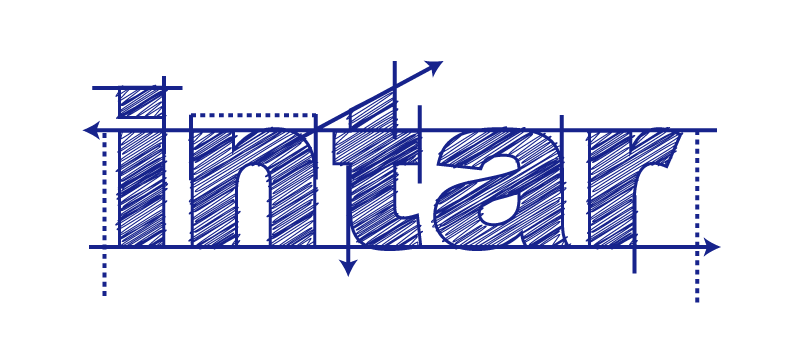Difference between 'tools' and 'instruments'

An assessment tool is the overarching document that defines all aspects of the assessment process and performance criteria. It includes:
- reference to the competency unit (or units) to be assessed
- the target group, context and conditions for the assessment
- the tasks to be administered to the candidate
- an outline of the evidence to be gathered from the candidate
- the evidence requirements used to judge the quality of performance
- the administration, recording and reporting requirements.
An assessment instrument is a component of the larger assessment tool, setting out the specific criteria for particular aspects of evidence.
The following types of documents are examples of assessment instruments:
- practical demonstration checklists
- written tests or assignments
- checklists for evaluating work samples or portfolios of evidence
- logbooks or work diaries
- supervisor performance acknowledgements or third party reports.
Many assessors use the rule of thumb that a good assessment tool should enable you to collect at least three different types of evidence to determine a candidate's competence. An efficient way of doing this is to incorporate the following three components into the assessment tool:
- Practical demonstration checklist - to assess the candidate's ability to physically do the job to the level specified by the competency
- Knowledge test - to assess their understanding of the concepts, processes and other factors that will influence the way they carry out the task
- Third party report - to check whether they are applying their skills and knowledge back at work consistently and in a range of different contexts.
Depending on the competency you're working with and the assessment methods you've chosen, you may decide to combine the assessment tool and the supporting assessment instruments into a single document.
In other cases, you might find it easier to have separate assessment instruments that are linked back to the main assessment tool. For instance, you might give the candidate a workbook to fill in during classroom or field exercises and a logbook to record on-the-job hours spent undertaking specific activities.

